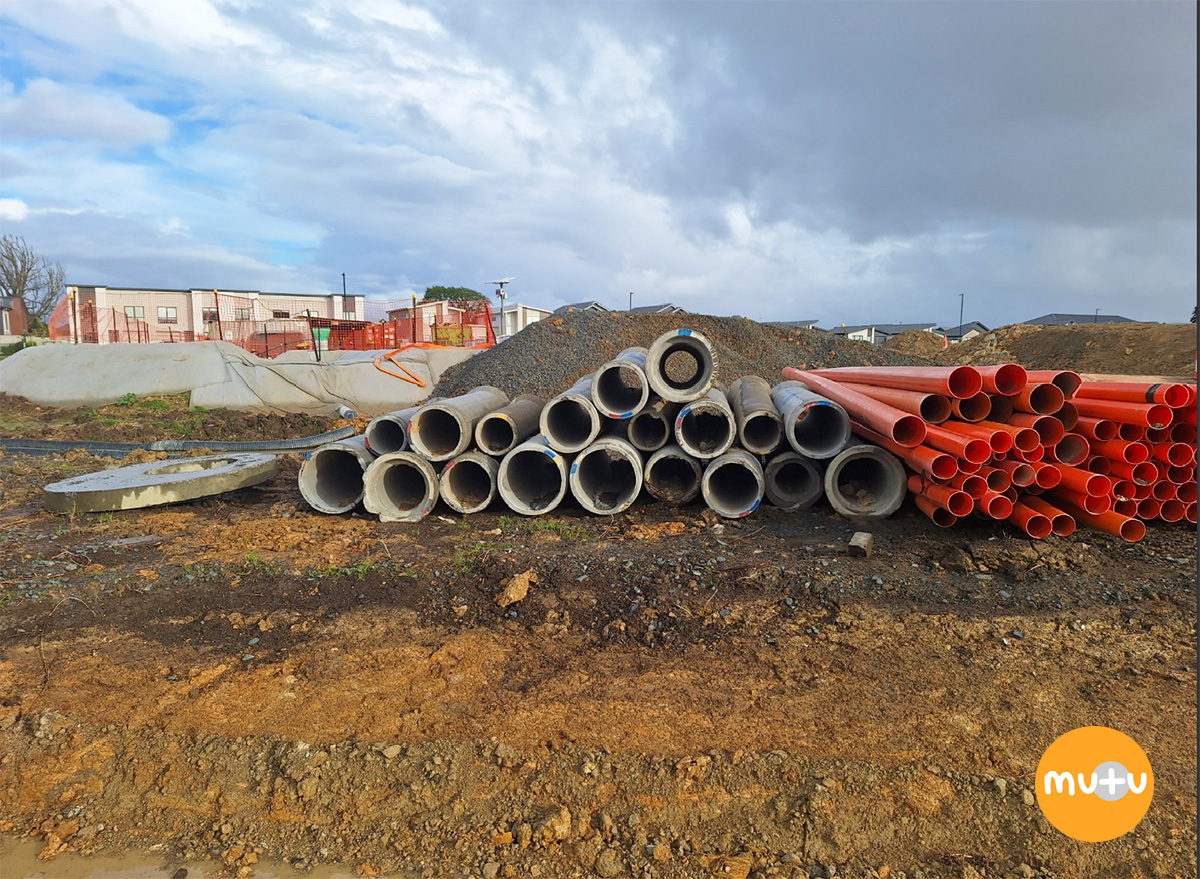The Tangoio Marae Recovery Case Study: Collaboration, Empowerment, and Forward Thinking
Hick Bros’ story in the aftermath of cyclone Gabrielle offers essential lessons for future contractors, emphasizing cultural sensitivity, a shared vision, measured empowerment, expectation management, and open feedback mechanisms in post-disaster recovery.

In the aftermath of the devastating cyclone Gabrielle, the Tangoio community found itself overwhelmed, not just by the devastation but by the flood of contractors eager to help. While many were well-meaning, their approaches often missed the mark. Too many sought to dictate recovery paths without truly understanding or valuing the cultural heartbeat of the land and its people.
Enter Hick Bros Civil Construction. With a history of familiarity with the Tangoio community, they approached the situation differently. Rather than presenting a one-size-fits-all solution, they sought dialogue, understanding, and collaboration.
Implications & Lessons:
1. Community-Centered Approach: The heart of the Tangoio recovery was the community itself. They weren’t just recipients but active contributors. This agency not only ensured that the reconstruction resonated with the community's cultural and historical significance but also fostered a deep sense of belonging and purpose.
2. Training as Empowerment: By introducing a two-day wheels, tracks, and rollers course, Hick Bros recognised the community's existing familiarity with earthworks. This move not only facilitated immediate recovery but laid the foundation for future resilience and economic growth. Skill-building emerged as a long-term investment in community empowerment.
3. Psychological Healing: The act of taking charge of their recovery offered the community therapeutic benefits. This active engagement, supported by a respectful contractor, helped them navigate their trauma, reinforcing community ties and reasserting their narrative.
4. Economic Revitalization: The economic boon wasn't monopolised by an external entity but circulated within the community. By being at the forefront of recovery, the community retained and even expanded its economic capabilities.

Considerations for Future Contractors:
1. Cultural Sensitivity: Before jumping into action, understanding and valuing local culture and traditions is paramount. Contractors should approach communities as partners, not beneficiaries.
2. Shared Vision: Establishing a clear, shared vision of the recovery process is crucial. This involves understanding community aspirations and integrating them with technical expertise.
3. Empower, Don't Overwhelm: Offering training and skill-building is a valuable way to empower communities, but it's essential to ensure that it matches their pace and comfort.
4. Expectation Management: Clearly defined roles, outcomes, and responsibilities can prevent potential misunderstandings and ensure a smoother collaboration.
5. Feedback Mechanisms: Keeping channels of communication open allows for continuous feedback, ensuring that the recovery process remains aligned with community needs and aspirations.
In the story of Tangoio's recovery, we see a blueprint for respectful, empowering, and effective post-disaster recovery. It serves as a poignant reminder that behind every reconstruction effort are people with histories, dreams, and the inherent right to shape their future.
Company news and updates
.jpg)

.svg)





.jpg)

